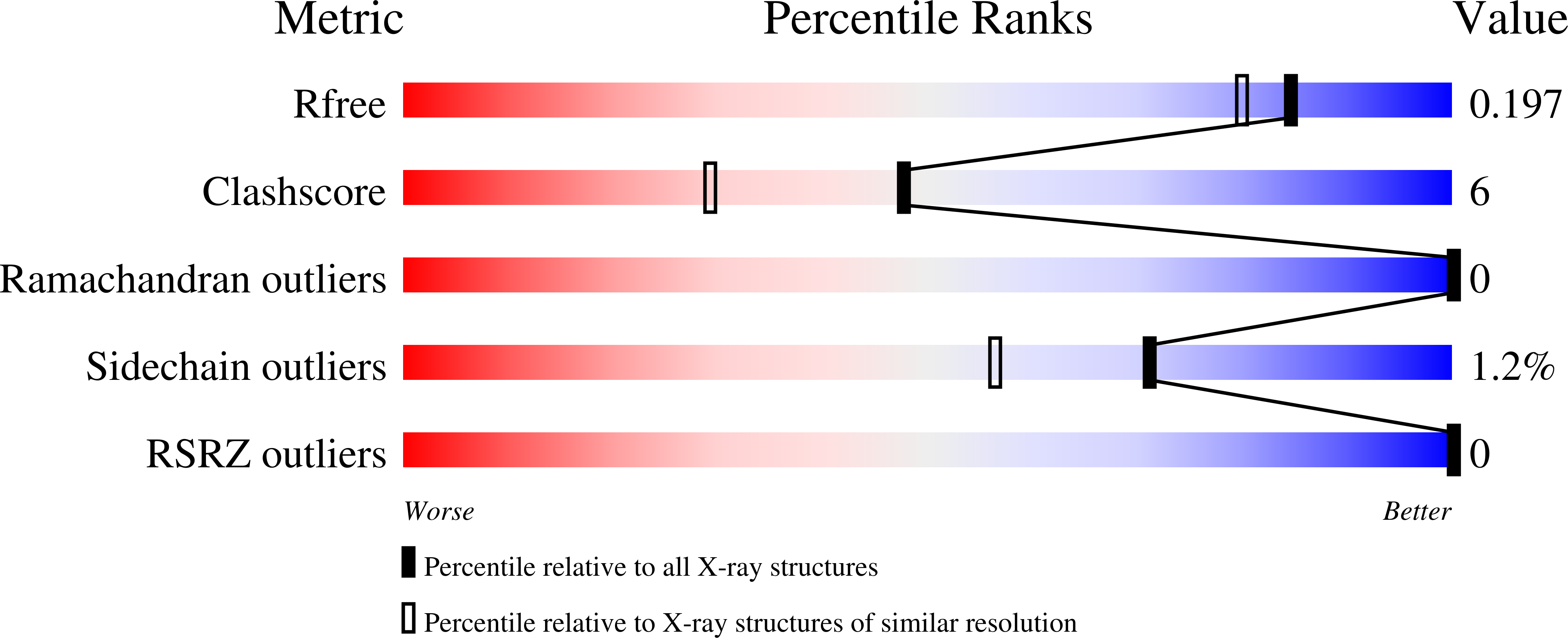
Deposition Date
2001-02-15
Release Date
2001-03-07
Last Version Date
2024-11-06
Method Details:
Experimental Method:
Resolution:
1.76 Å
R-Value Free:
0.20
R-Value Work:
0.17
R-Value Observed:
0.17
Space Group:
P 21 21 21


